
2021: Planning for Post-Pandemic Growth
2021: Planning for Post-Pandemic Growth
From Passive to Purposeful Growth
In 2021, these brands have the opportunity to make the increased consumer engagement and spending “stick” – that is, to delight and capture new-found consumer loyalty through this year’s demand plan choices and investments.
Proactive planning to align with large growth drivers is critical because while brands may continue to ride the wave of growth fueled by pandemic-influenced behavioral changes from last year, the shift is already part of the new baseline this year. These changes could also revert faster than anticipated, requiring companies to be out ahead of changes in consumer behavior. Brands must purposefully find the next wave(s) – or risk being left behind.
A scan of the landscape of categories and growth drivers reveals five growth drivers where we believe consumer behavior will evolve this year, and where brands should purposefully connect with consumers to capture new consumption and revenue growth. While other trends that gained traction pre-COVID will continue to emerge, such as convenience and sustainability, we focus here on the drivers that will have outsize impact after COVID-19 and therefore require brands to think differently. We recommend looking at your business through the lens of these drivers to inform this year’s annual planning cycle as outlined in the scorecard for evaluating growth strategy shifts below.
Growth Drivers
1. Togetherness
The Driver: As in-person socialization becomes possible again, consumers will place renewed value on enjoying life’s experiences together with friends and loved ones, with a desire to make these small, everyday moments of connection even more meaningful.
How to Win: Brands and retailers should partner to provide relevant solutions tailored to these new occasions, supported by communication and influence points that highlight the role of their solutions in bringing people together.
Example: The outdoor grilling occasion is positioned to expand beyond holidays and weekends into a dinner with friends and family meal replacement. With the briquet or gas grill as the centering staple, there is room for many categories to participate in creating lasting memories with family and friends through the grilling occasion.
2. Wellness
The Driver: With health and wellness top of mind for consumers, wellness has shifted away from rigid routines and toward a fluid and personalized approach. Across food, fitness and health categories, consumers are experimenting to find what works best for their bodies and lifestyles, creating a spectrum of different wellness needs. For some consumers, the priority on wellness simply means swapping in “one step healthier” alternatives, while others on the leading-edge have tapped into personalized products to optimize physical and mental health.

How to Win: Map and size where your brand plays within this wellness curve. Track your consumer target’s evolving values and behaviors to earn their loyalty as their wellness routine evolves.
Example: The sugar-free cookie segment has emerged on the “one step better” side of the spectrum, driving growth through brands that offer a tasty yet health-conscious option within a typically indulgent category.
3. Search for Value
The Driver: Consumers continue to tighten their budgets and increase their personal savings rate to prepare for financial uncertainty, forcing trade-offs in spending across the store. As a result, consumers will seek value even in traditionally ‘premium’ categories.
How to Win: Look for the space within your category where value presents dimensions that are important to a sizable segment of consumers and evaluate the potential for your brand to stretch into these spaces while maintaining premium equity.
Example: The cleaning and disinfecting category delivers across the value spectrum, with leading brands such as Clorox offering high-value propositions through their core bleach products while also stretching into premium offerings through value-added forms like sprays, wipes, tablets and tools.
4. Indulgence
The Driver: Hand in hand with the rise of personalized wellness, indulgence will become increasingly acceptable as consumers prioritize balance and happiness over strict regimens and endless sacrifice. Rather than viewing indulgence as a negative “cheat” or guilt trip to be avoided, consumers will invest in the foods, beverages, and activities that make them happy, especially those that can be shared with family and friends.
How to Win: Identify the indulgent moments to delight within your category and cater communication to emphasize permissibility.
Example: In the ready-to-drink space, new functional beverages are combining health attributes with indulgent characteristics. For example, OLIPOP’s sparkling tonic offers digestive health benefits while still allowing consumers to enjoy the indulgent taste of their favorite sodas, like root beer and cola.
5. Personal Protection
The Driver: Self-care has shifted into the consumer’s hands. Rather than simply depending on health care systems, consumers are prioritizing personal ways to maintain safety in their environments and building new routines around cleaning and disinfection that will endure beyond the current pandemic.
How to Win: Offer solutions that build peace of mind for consumers seeking protection across all facets of their lives, whether in the home or in shared spaces like public transportation and workspaces. Stand out with a creative route to market (e.g., placement in airplanes, gyms, public transit).
Example: As disinfecting behavior becomes fluid across in- and out-of-home, there is opportunity for brands to connect to the holistic need for personal safety. For example, disinfecting brands like Lysol have partnered with the hospitality and transportation industries to establish new safety protocols and place branded solutions within reach in shared spaces like lobbies and airplane seats.
Summary
Scorecard for Your Brand
Objective: Purposefully shift to where consumer behavior will trend in your spaces to participate in growth in 2021


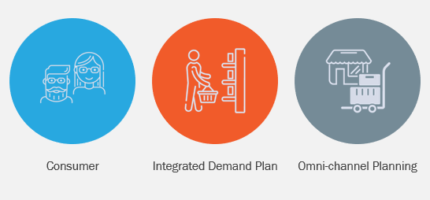
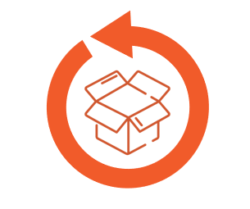
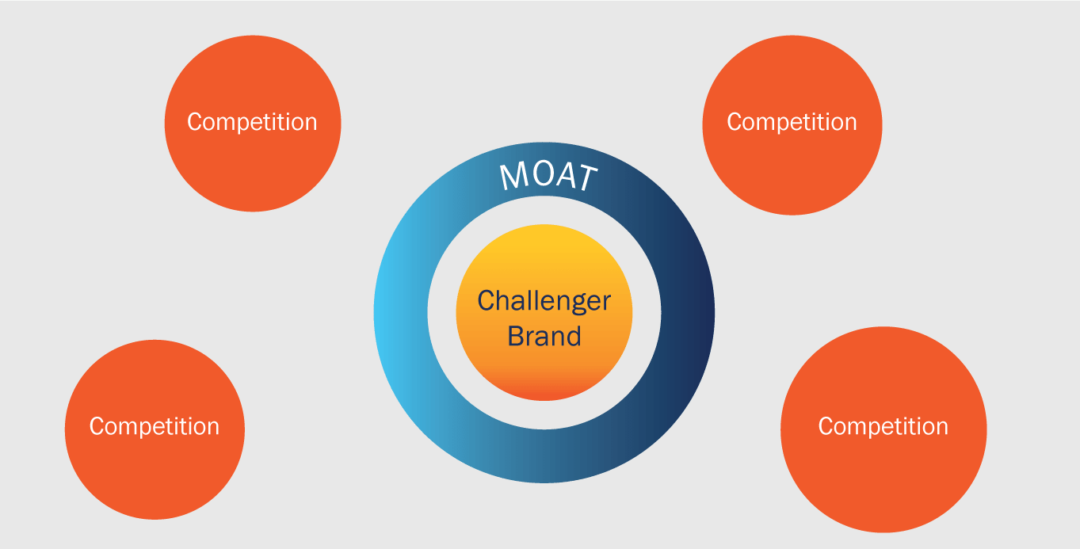
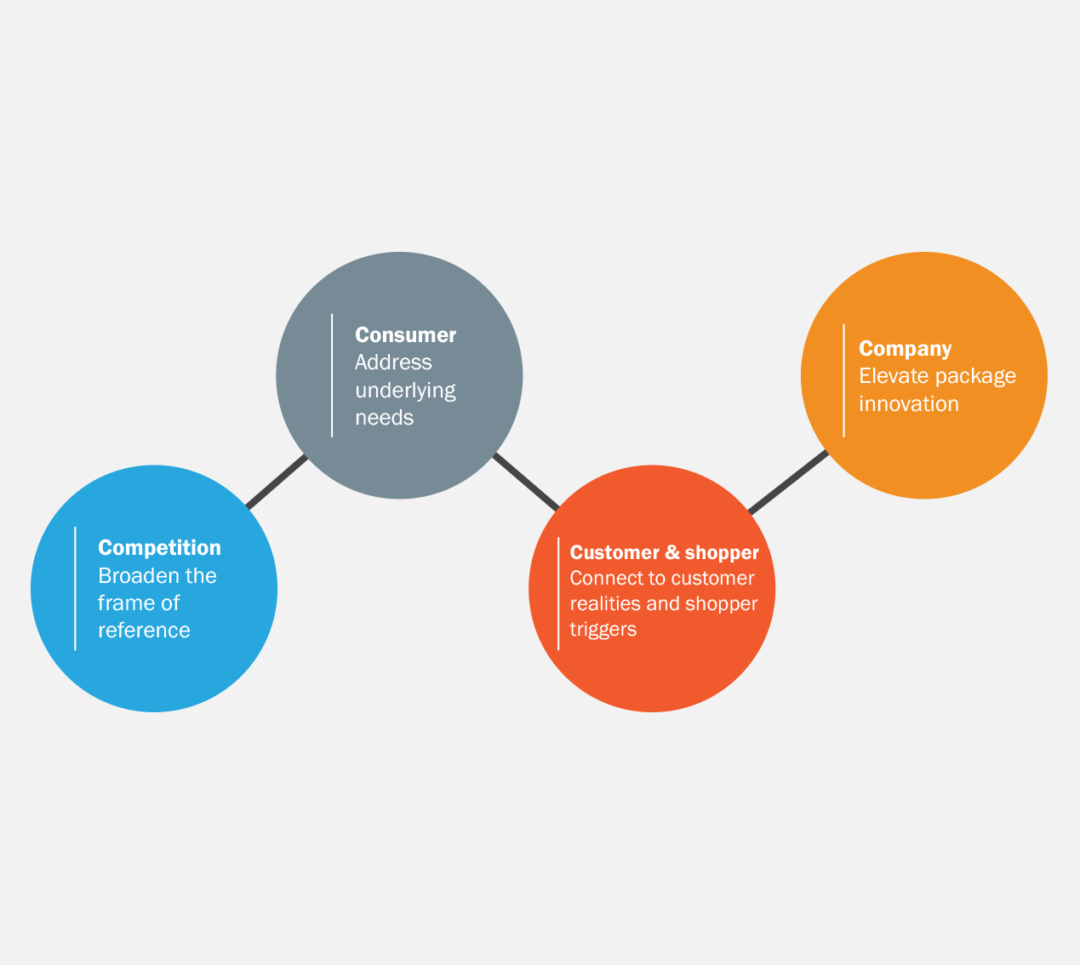

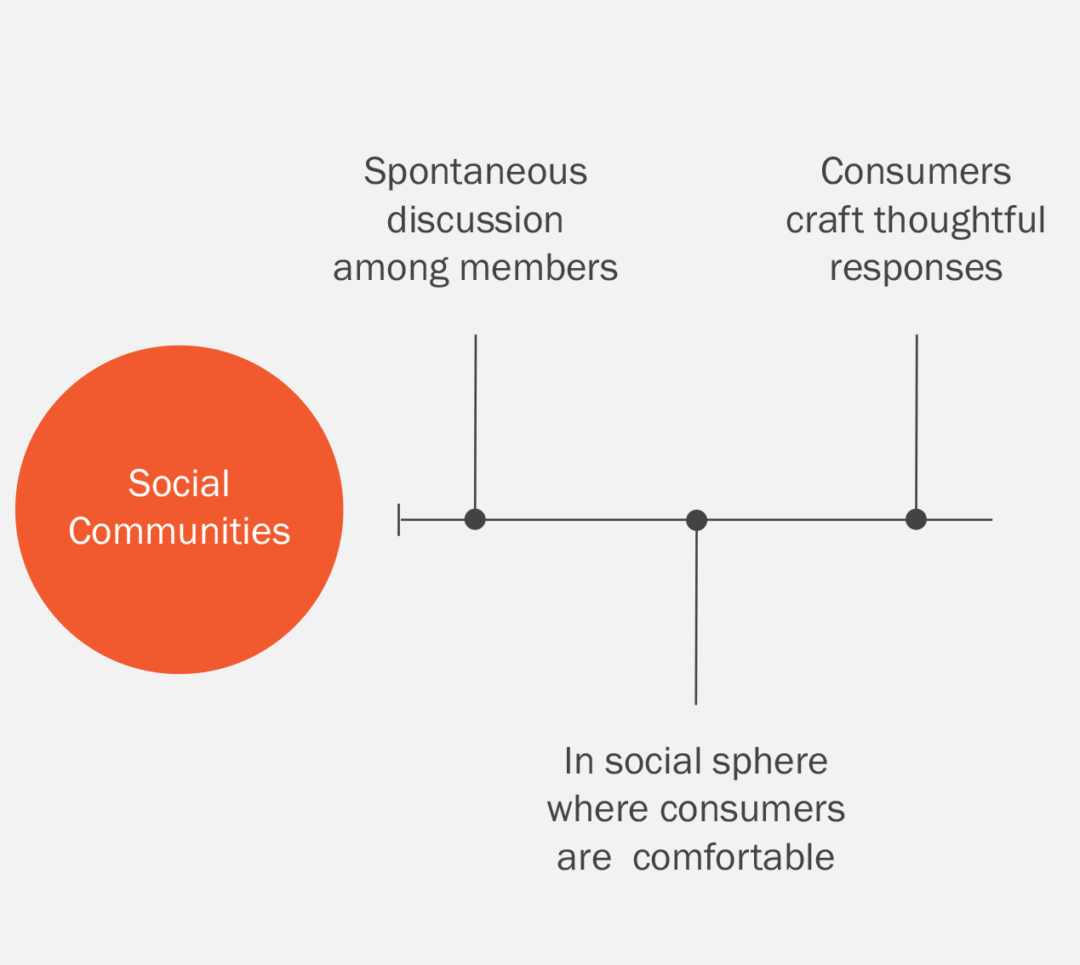
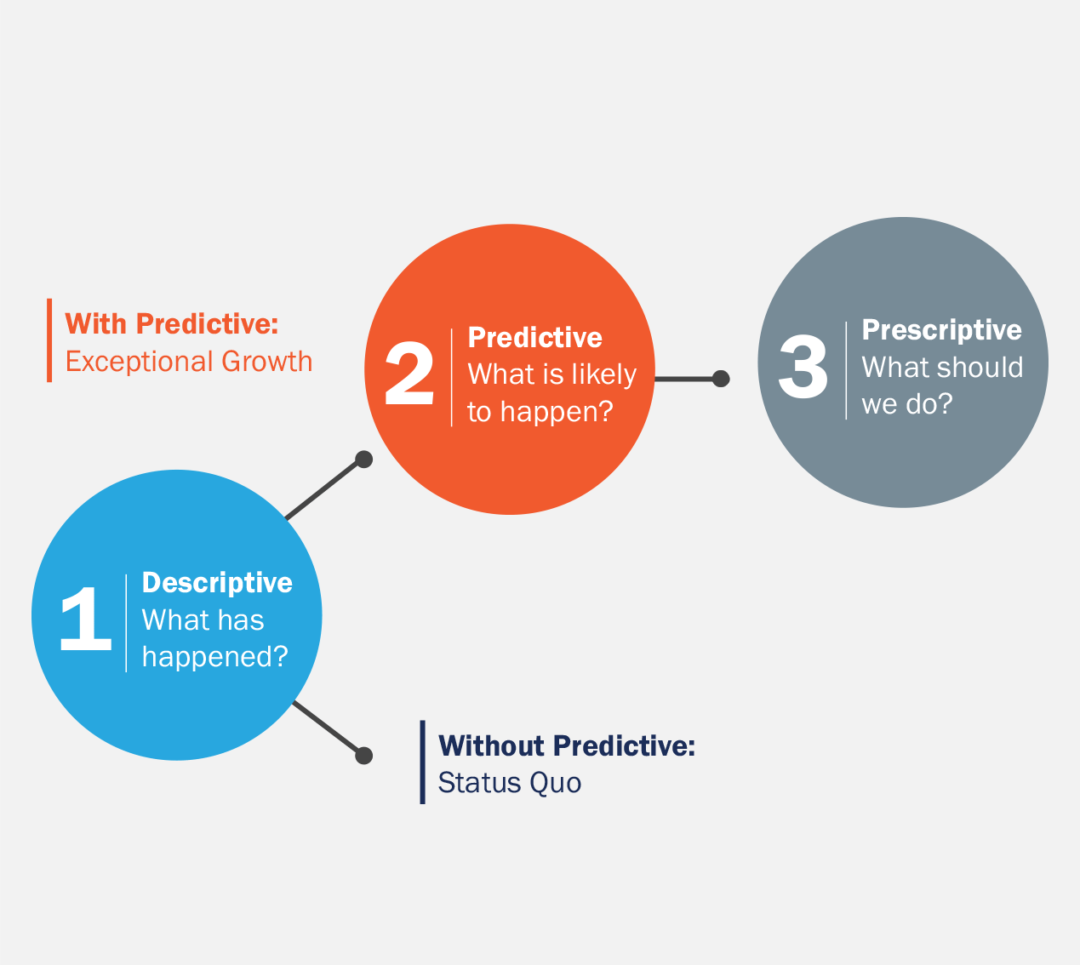
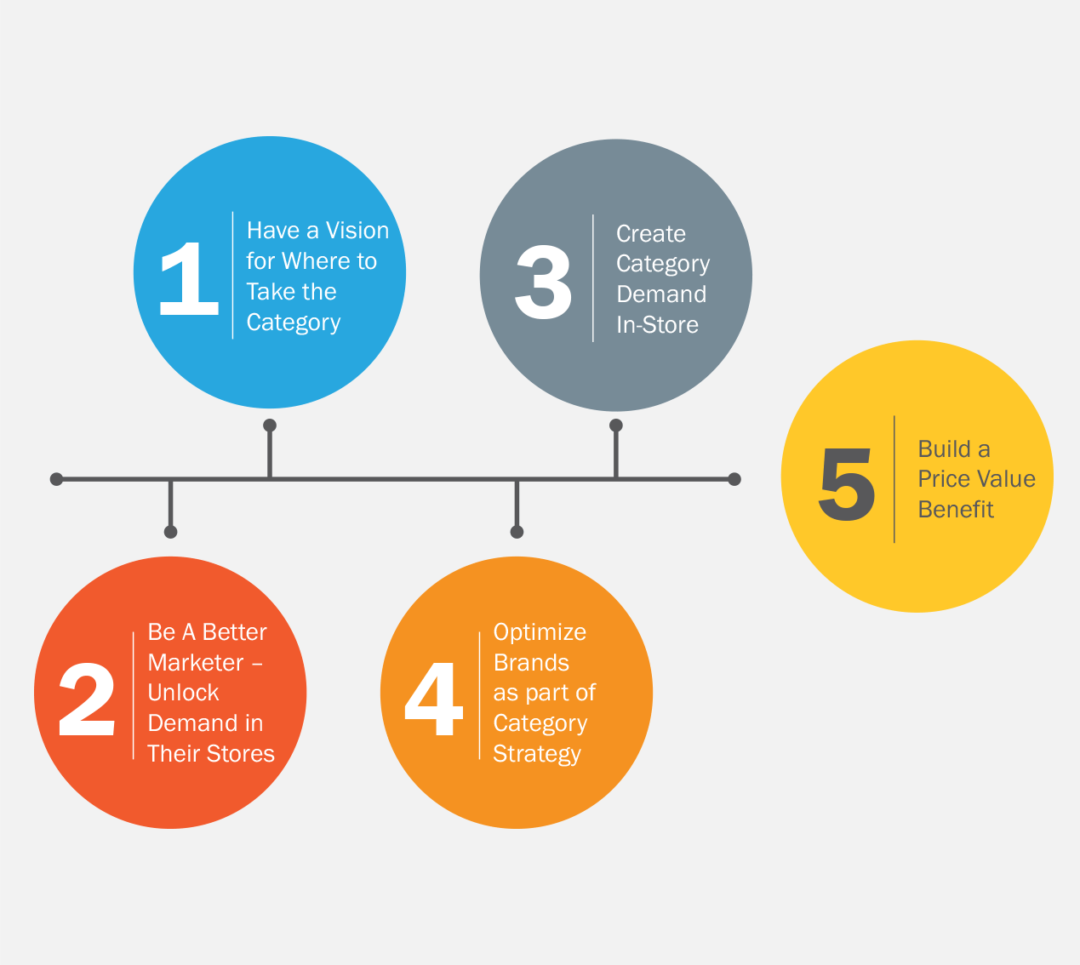
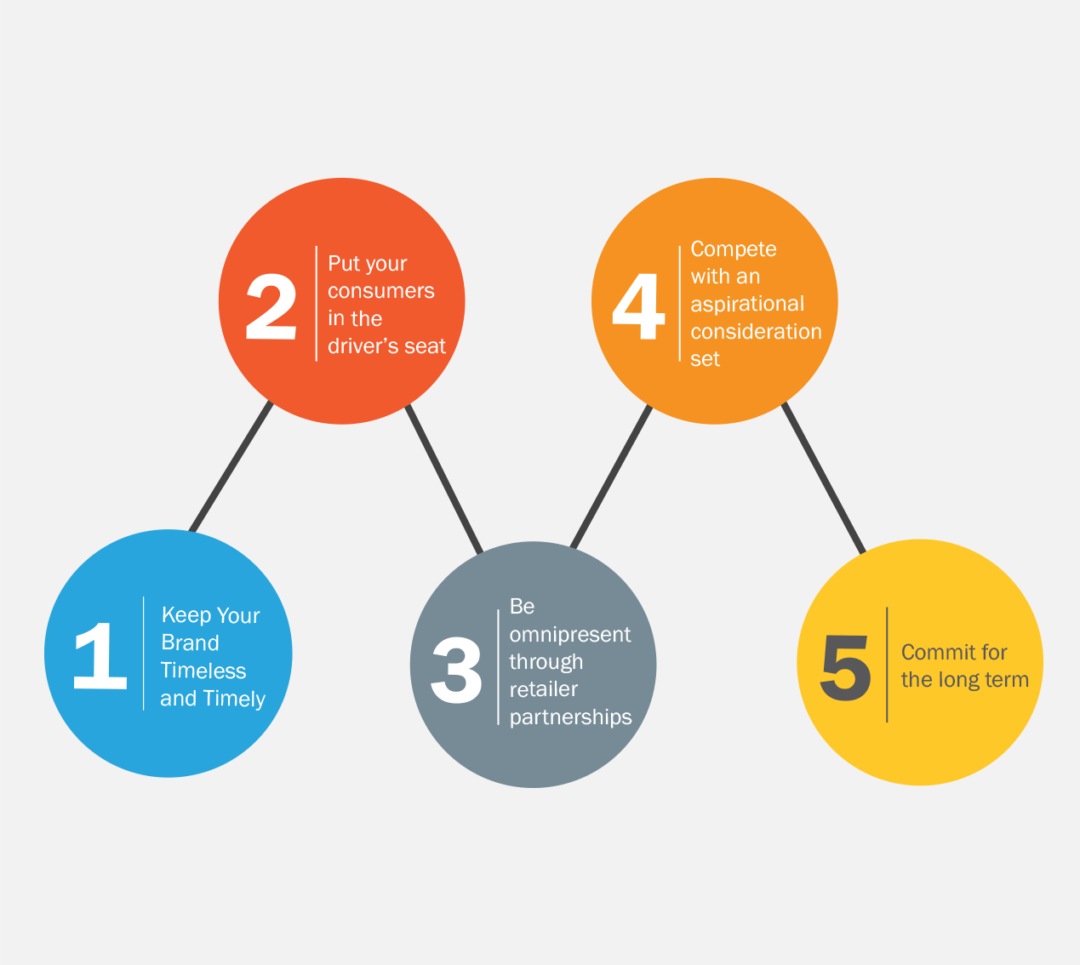
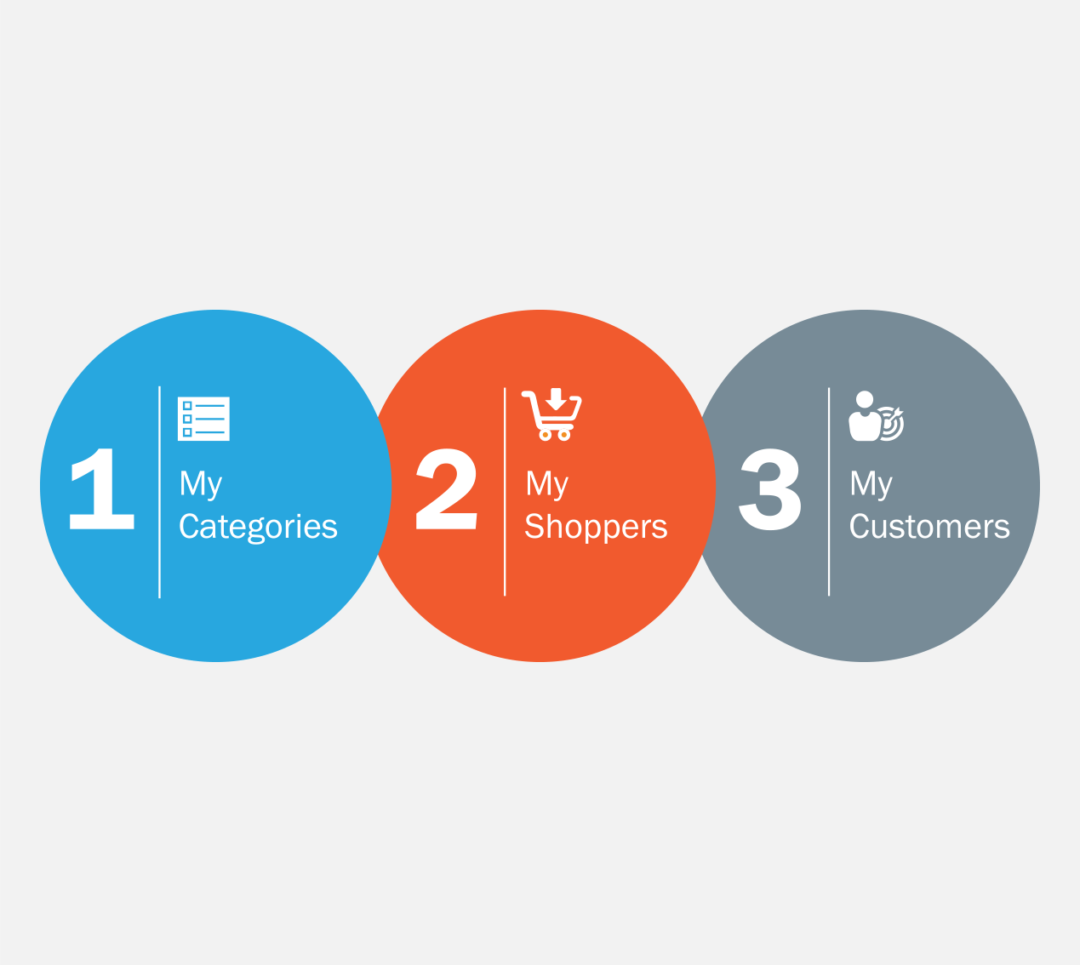
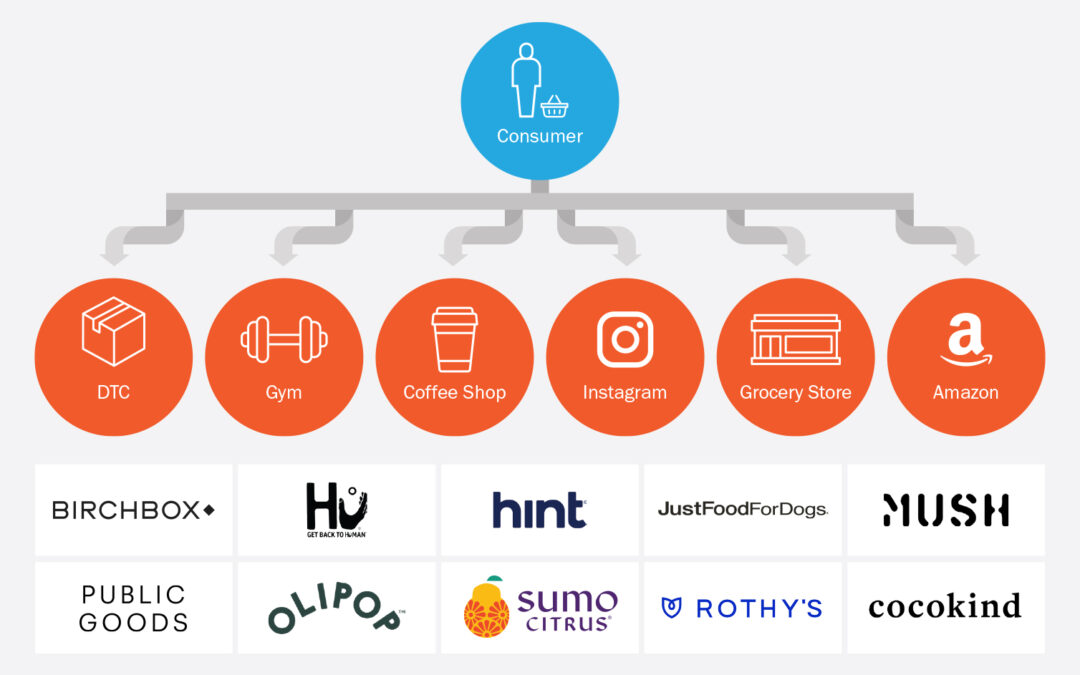
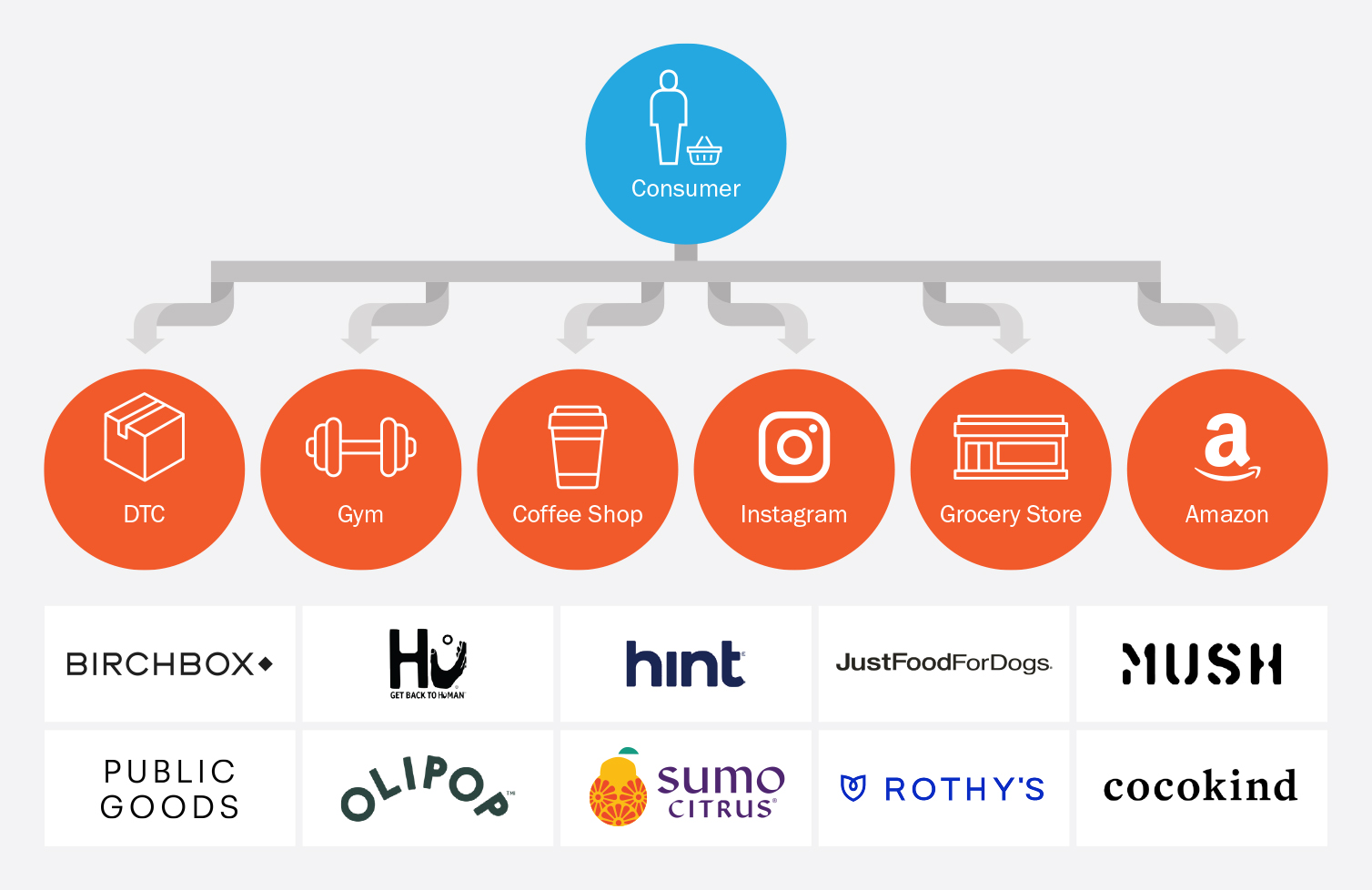
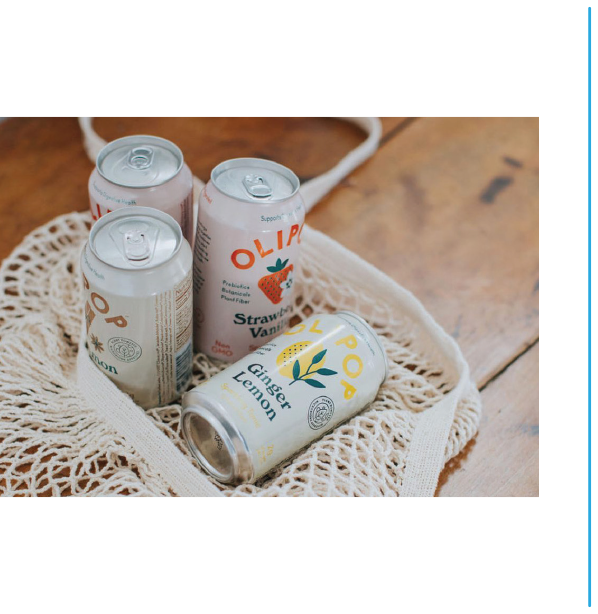
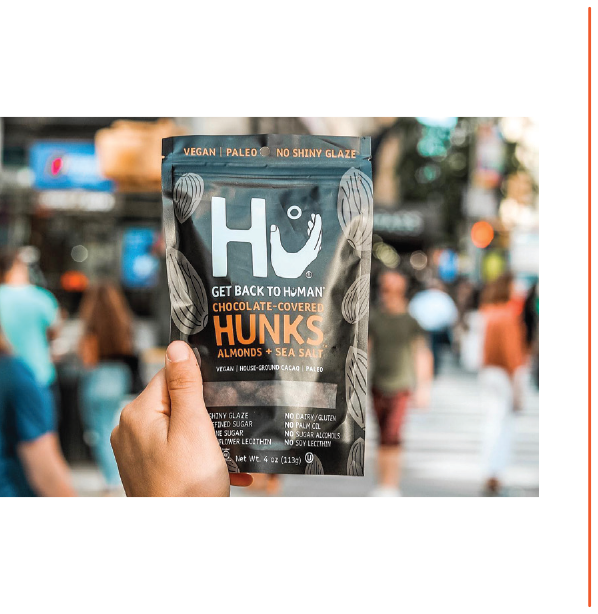
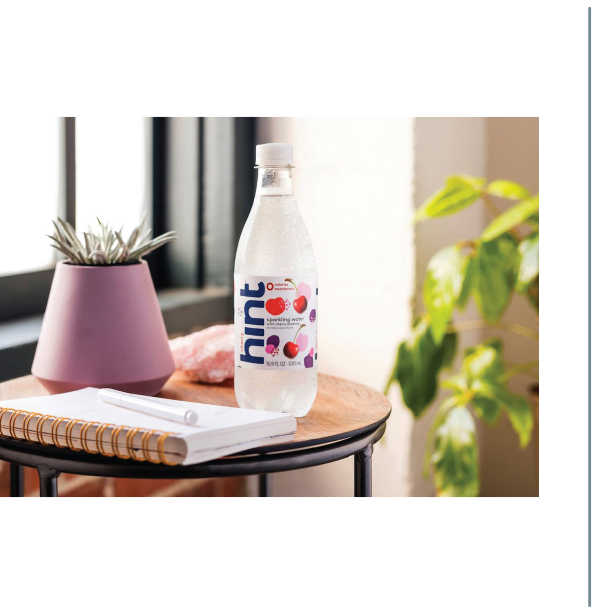
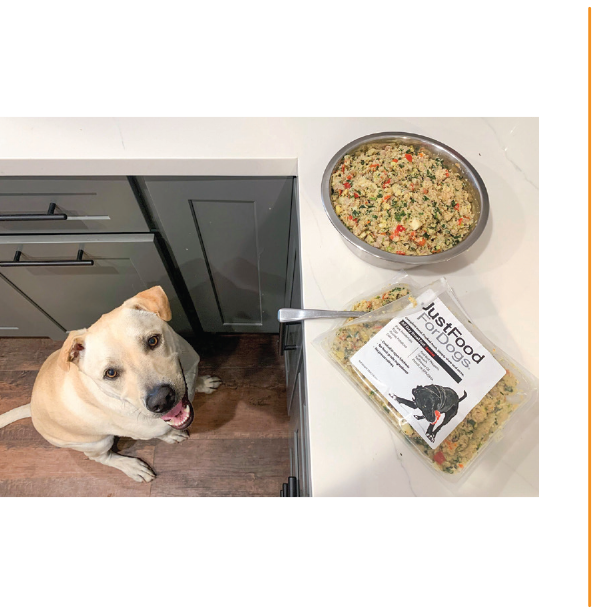
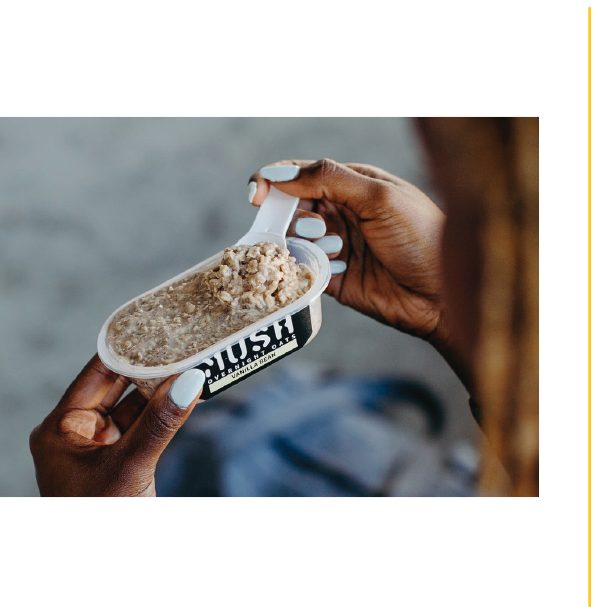
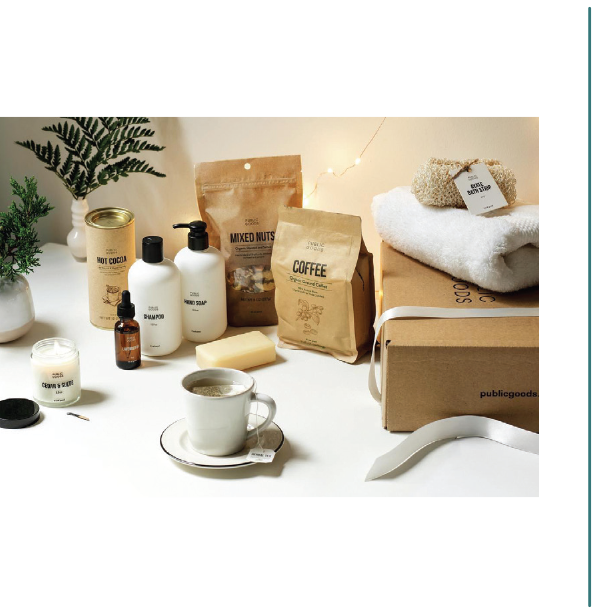
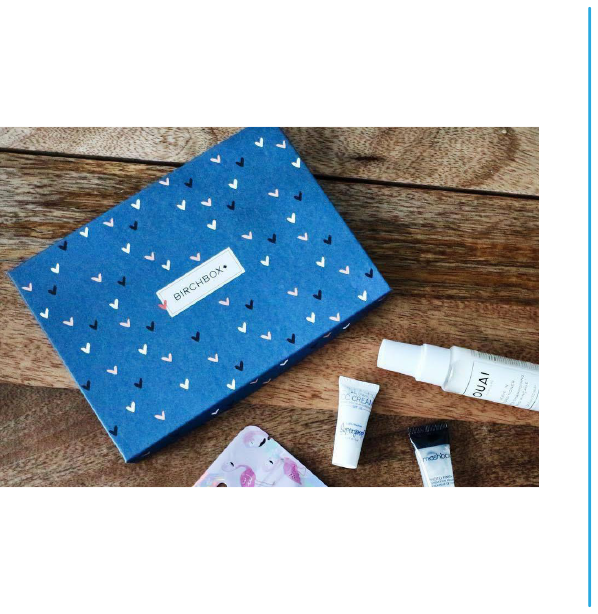
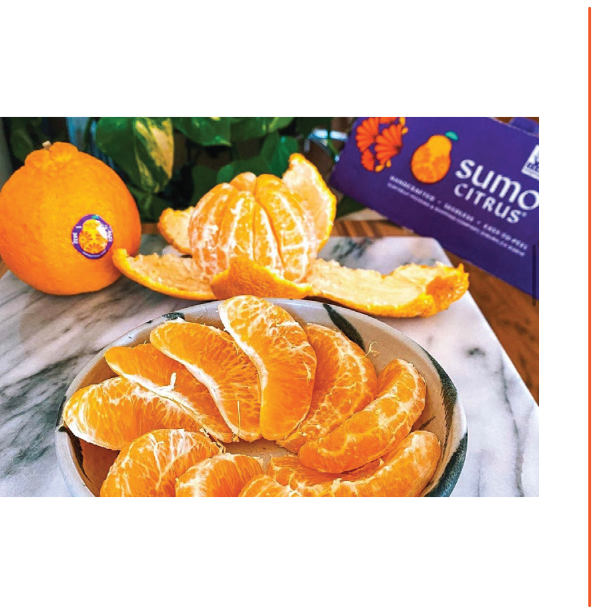
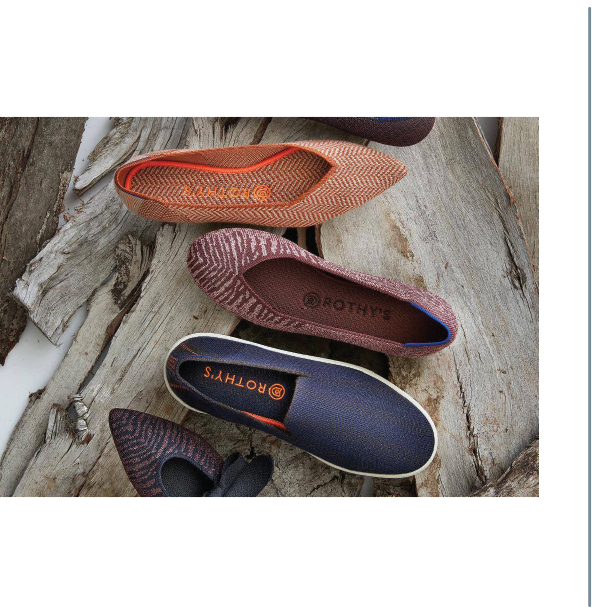
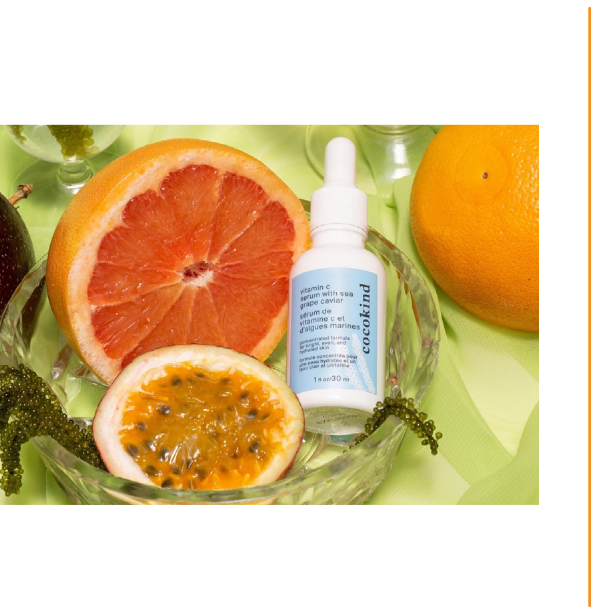



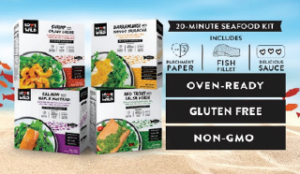
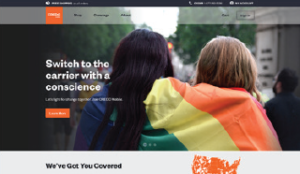




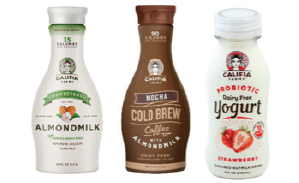
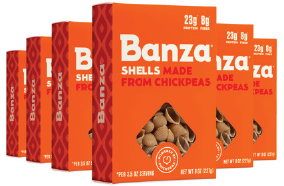

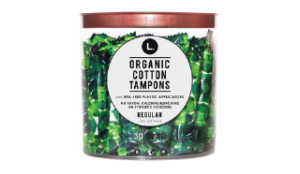
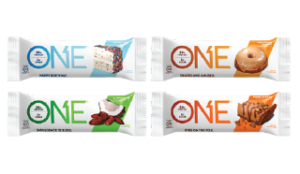

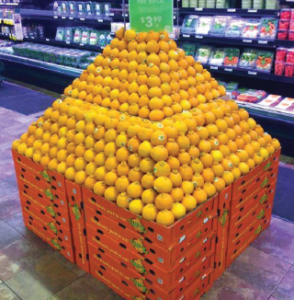
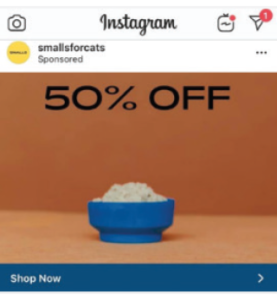
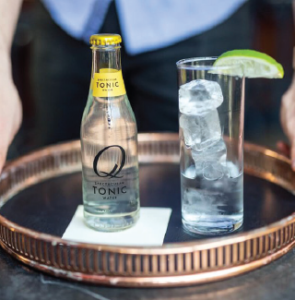
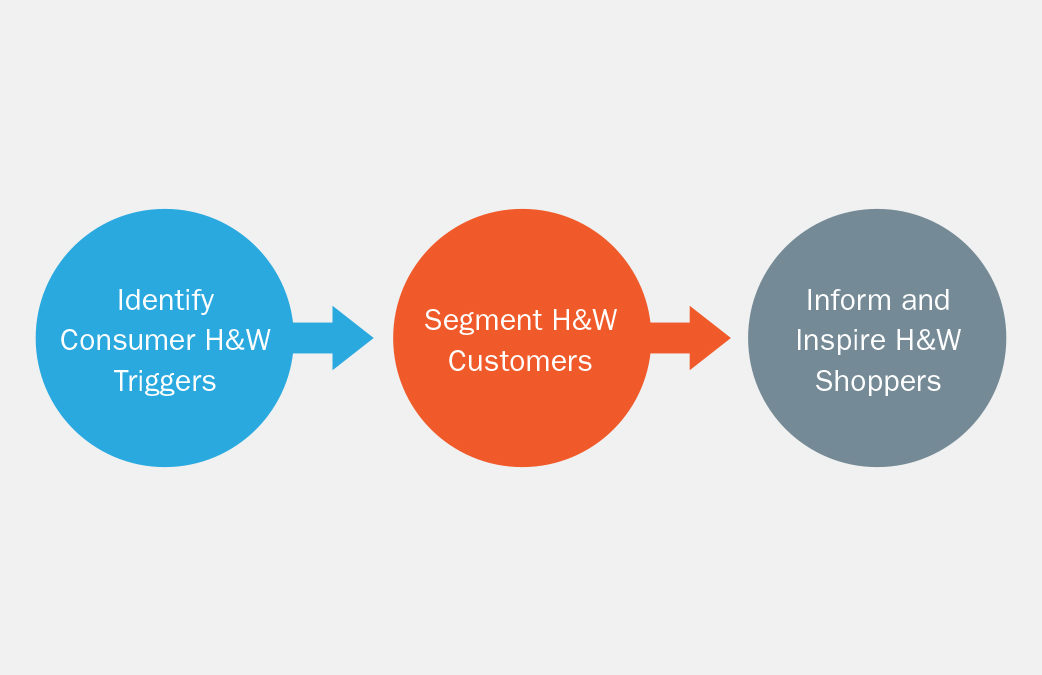







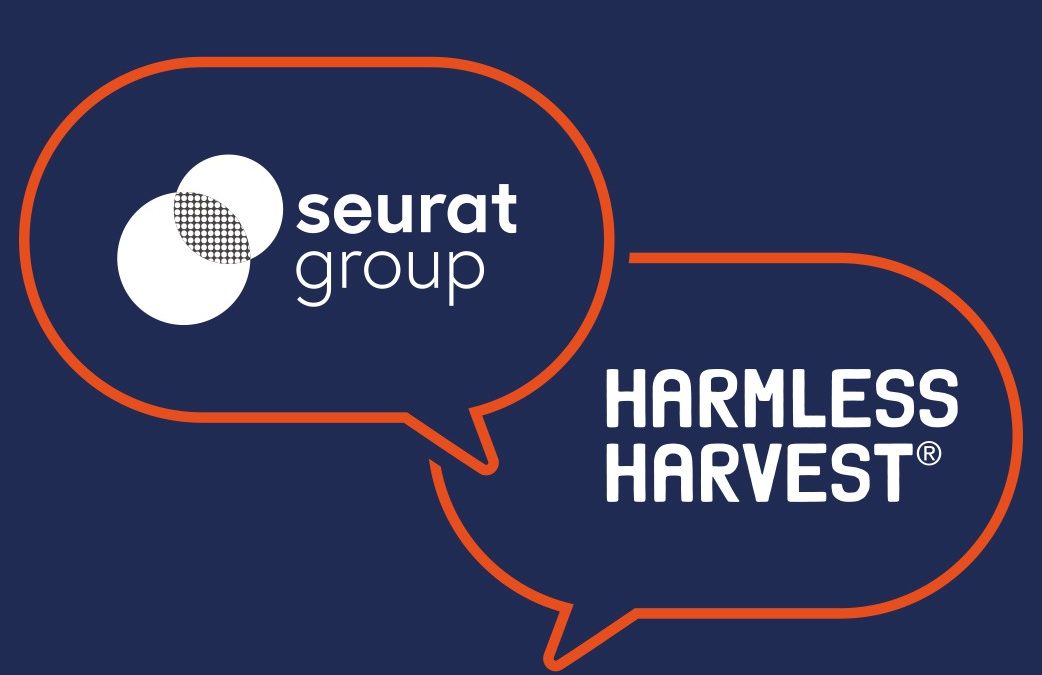
 Harmless Harvest unlocked a whole new tier of premium coconut water when it launched the first non-thermally pasteurized, perishable coconut water in the US. The brand stood out due to its elegant packaging and the distinct pink hue it takes on when antioxidants in the water interact with elements, such as light. In 2014, it became the first brand to achieve Fair for Life Certification. This designation means that Harmless Harvest is committed to paying fair prices for goods like their coconut water and supporting the wellbeing of local communities in Thailand, where they source and manufacture products. Not only is Harmless Harvest organic but they also help farmers convert to organic methods.
Harmless Harvest unlocked a whole new tier of premium coconut water when it launched the first non-thermally pasteurized, perishable coconut water in the US. The brand stood out due to its elegant packaging and the distinct pink hue it takes on when antioxidants in the water interact with elements, such as light. In 2014, it became the first brand to achieve Fair for Life Certification. This designation means that Harmless Harvest is committed to paying fair prices for goods like their coconut water and supporting the wellbeing of local communities in Thailand, where they source and manufacture products. Not only is Harmless Harvest organic but they also help farmers convert to organic methods.